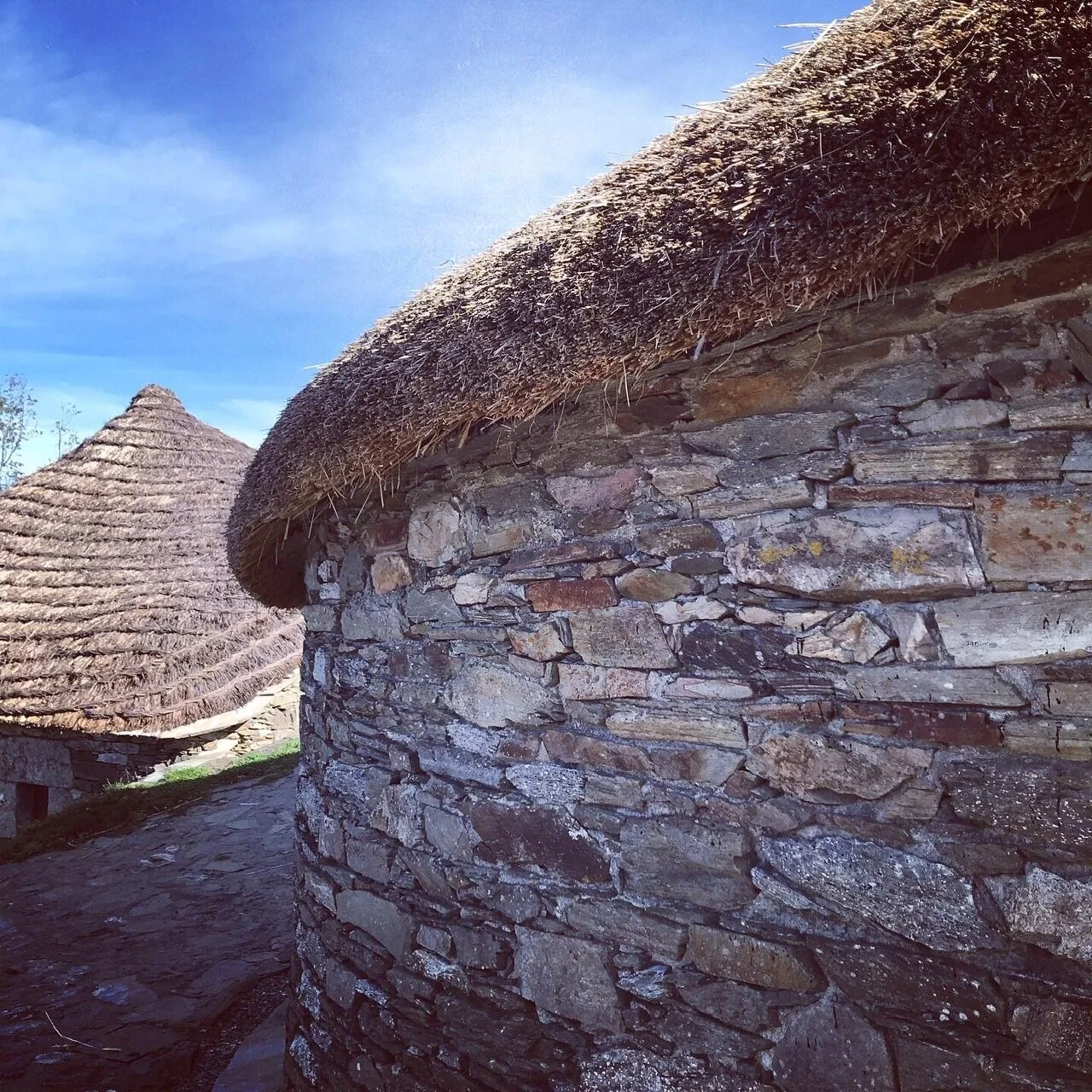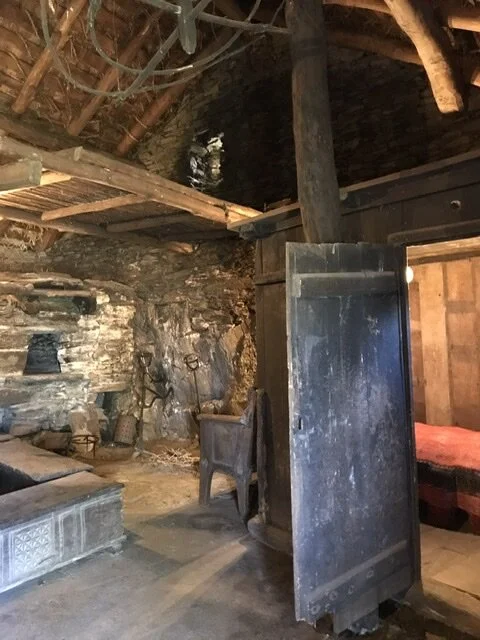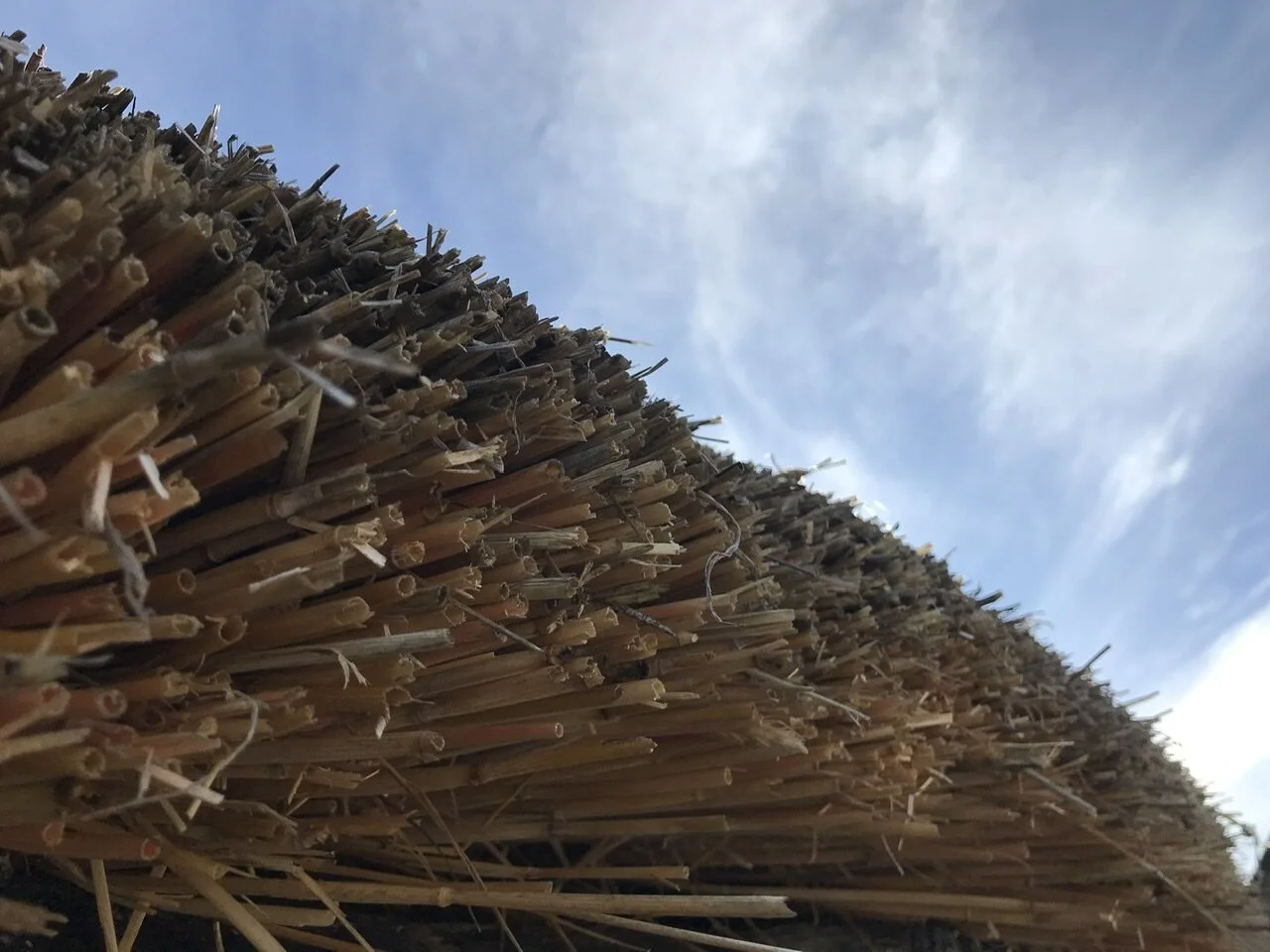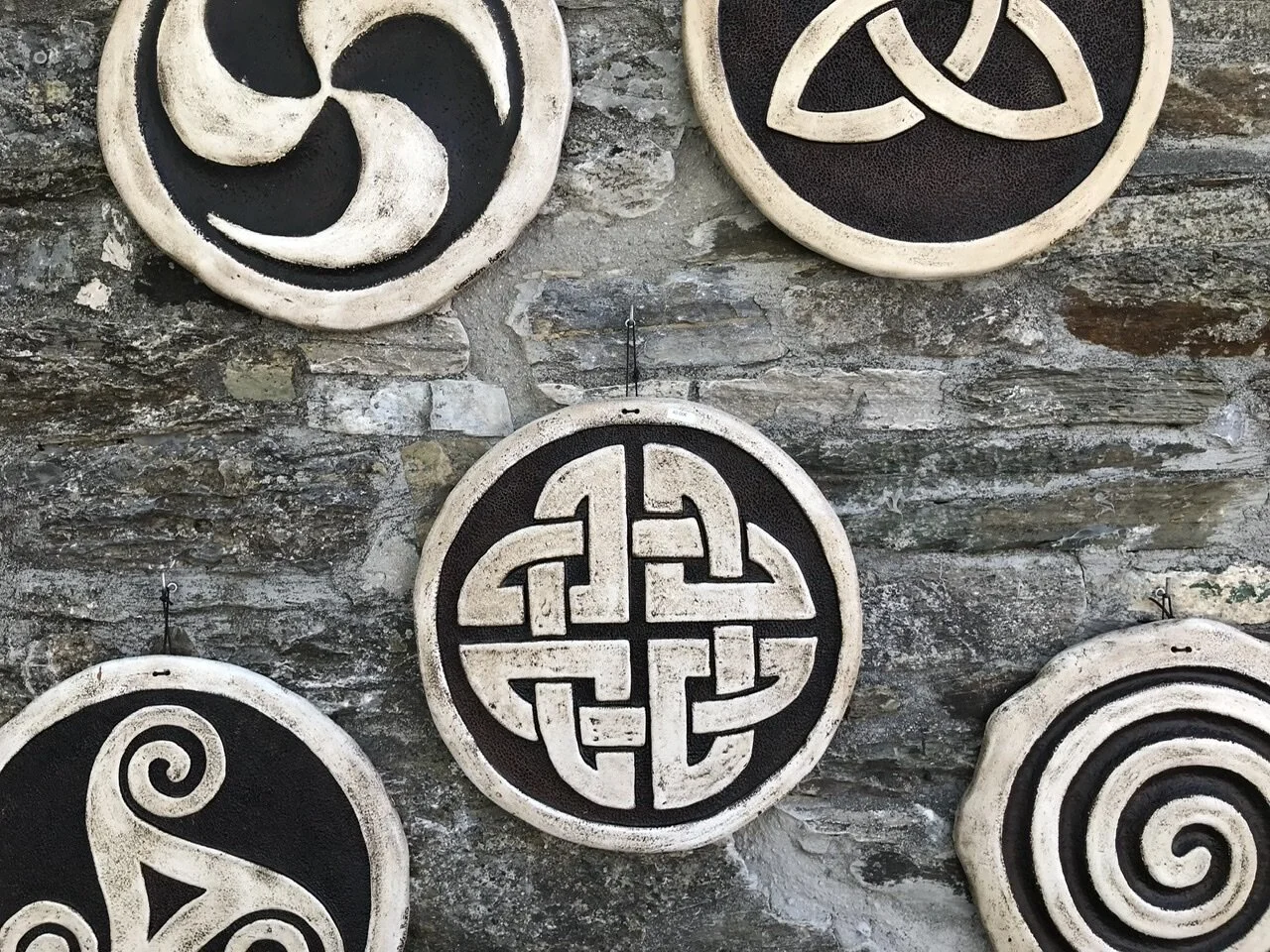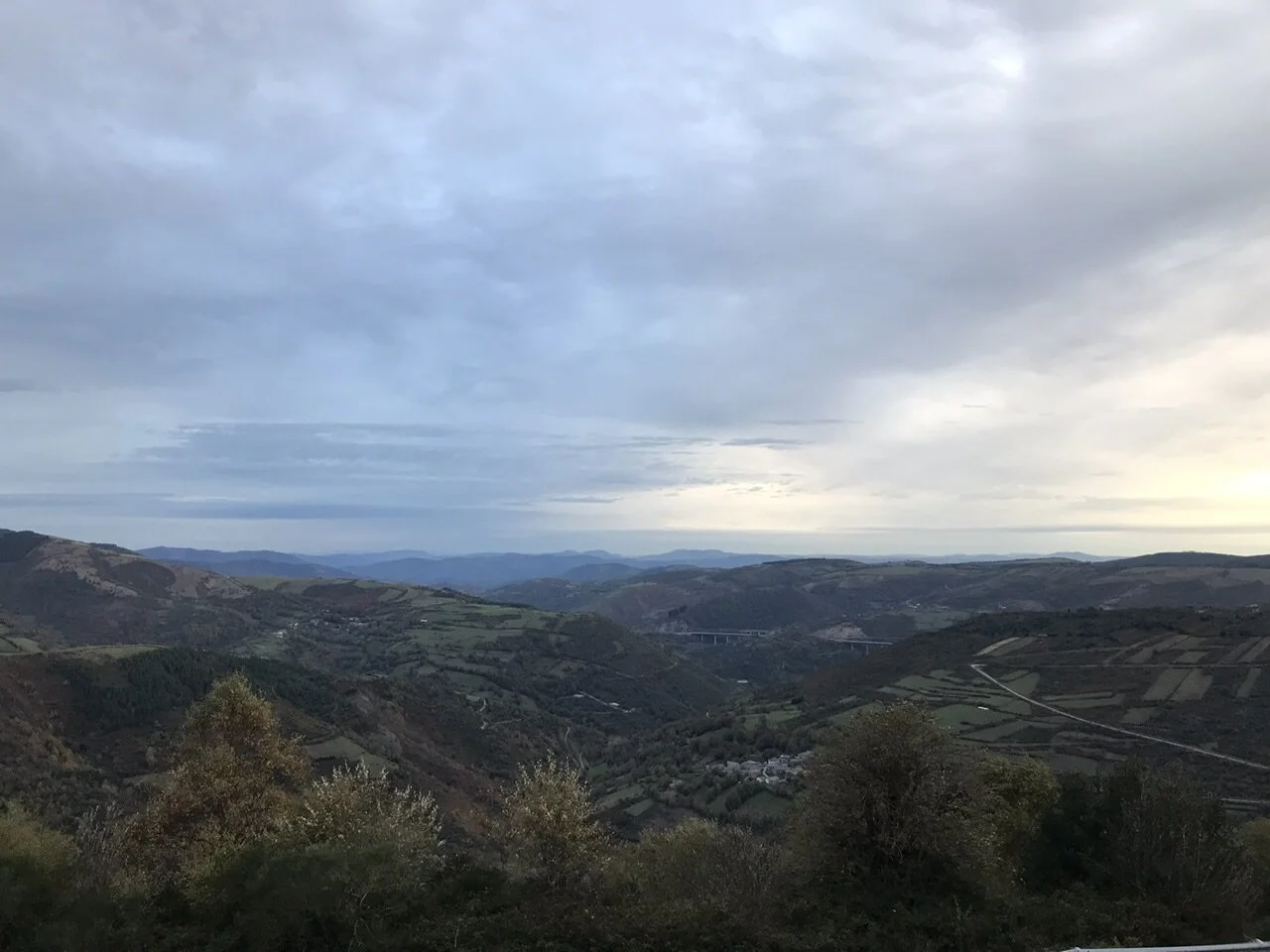Day 34
When you think of the word “Celtic,” you think of Ireland, right? Maybe Scotland? You’re right, so good job, but I’ve got a fun fact for you. The ancient people we call Celts actually were more widespread than a lot of people realize. The original seven Celtic “nations” were the Ireland and Scotland ones we already mentioned, as well as Cornwall, the Isle of Mann, Wales, Brittany in France, and, wait for it.... Galicia! I’m in the thick of it now, as there is an actual bagpiper outside my window at the moment. (I don’t think this is a regular thing though because the town dogs are flipping out!)
Galicia is the last Spanish province on the Camino. It’s hilly, forested, wet, and back before cars and stuff, very remote, which may explain why many old traditions (and superstitions) are so well-preserved here and the Galego language still survives.
One Celtic holdover that was in general use til relatively recently is the palloza, a roundish house with a thatched roof. My sleepover town (if the bagpipes stop) tonight is O Cebreiro, the third highest spot on the Camino, and it’s home to a mini village of four wonderfully preserved pallozas, one of which is open to explore. The house is divided more or less in half, one half for the people and one for the animals and farm gear. The people part looked pretty comfy actually, with a giant area for a fire and storage, and a little bedroom and loft for more sleeping space. There’s no chimney as the smoke just goes right up through the thatch roof and there aren’t any windows — the object of pallozas is to keep the wind and rain out and the warmth in, so they’re pretty dark.
This just blows my mind: pallozas were first built 2,500 years ago and still inhabited until around the time we had a man **walk on the moon.** Imagine designing something so perfect that it lasts until the world is a completely new place.
